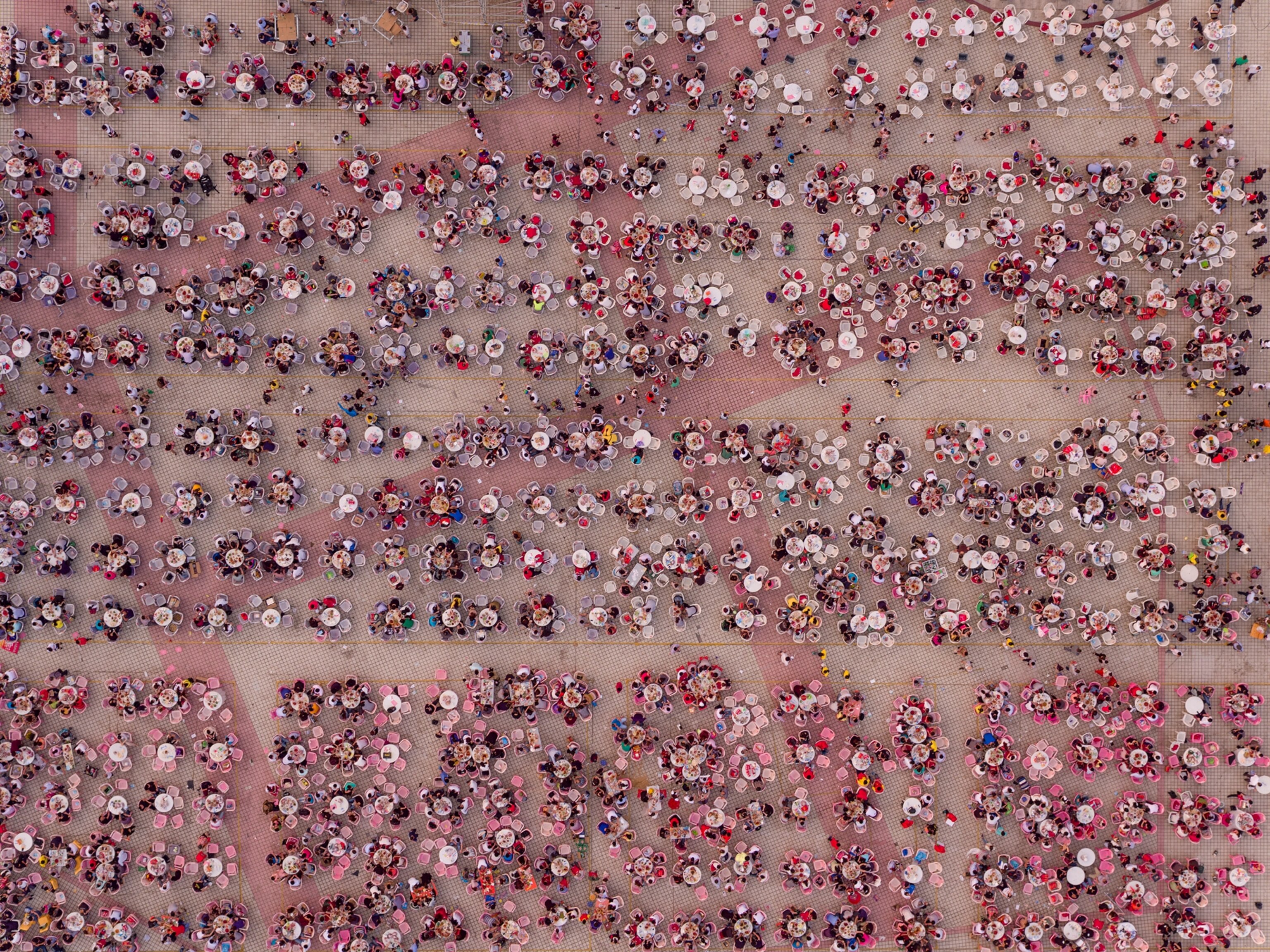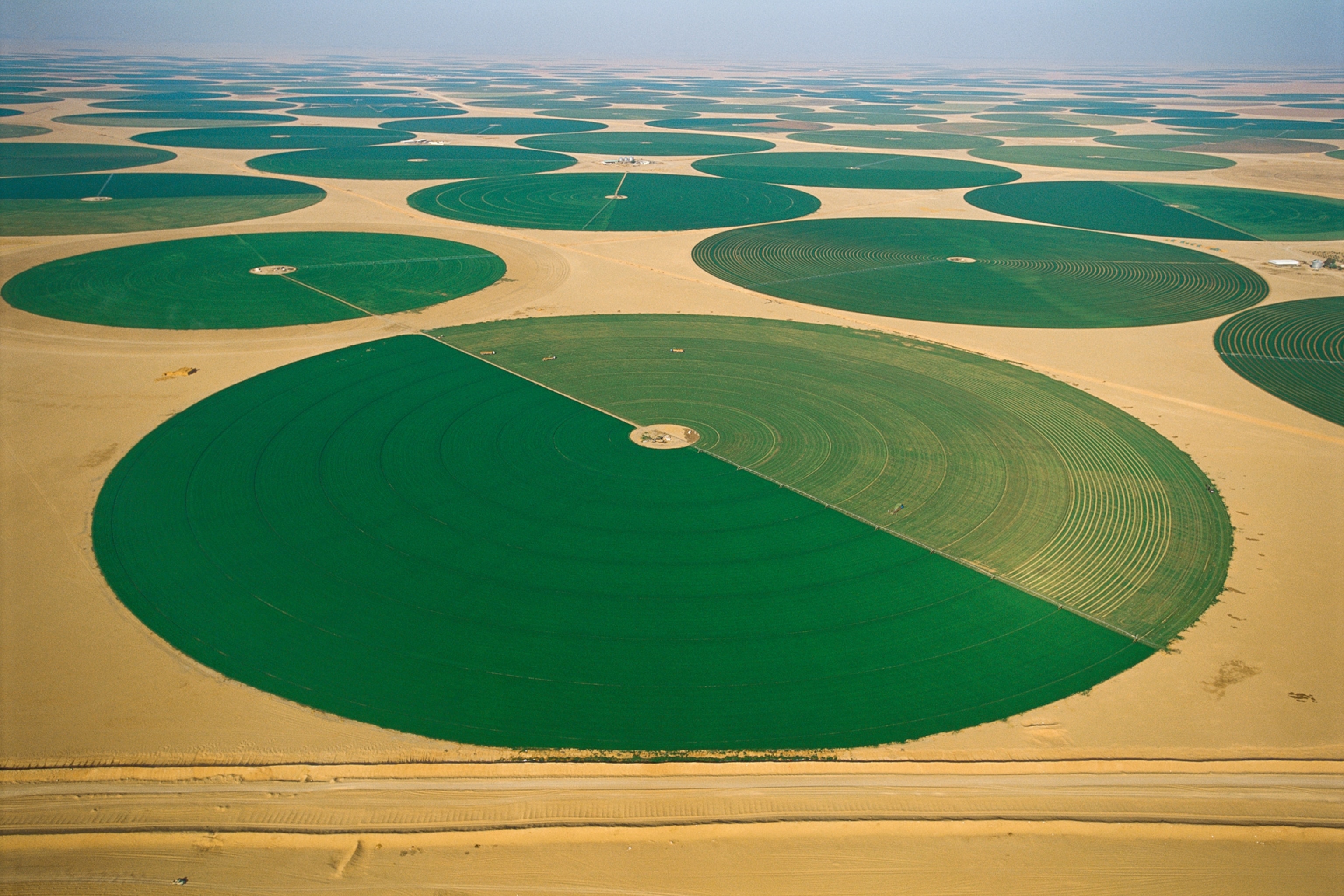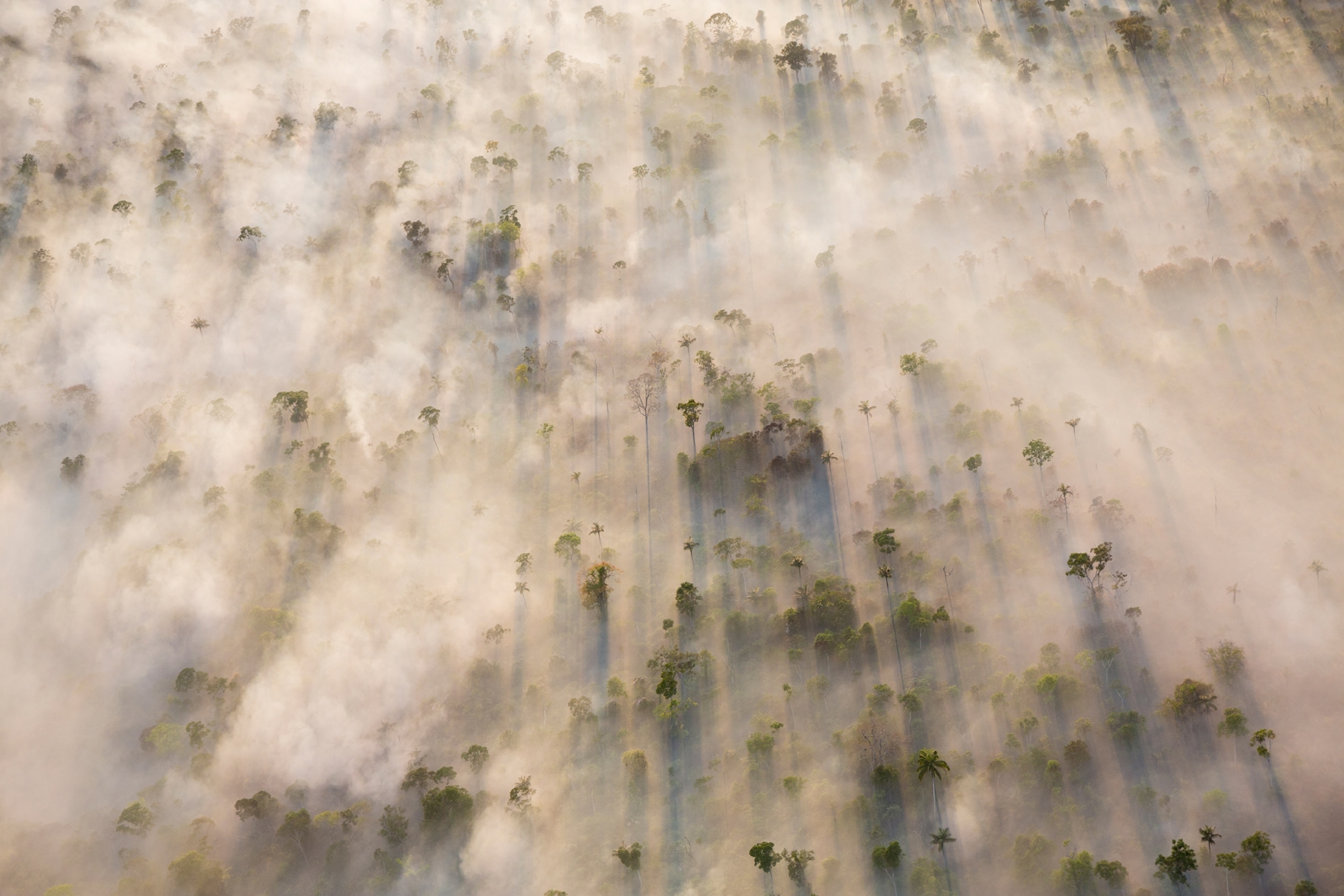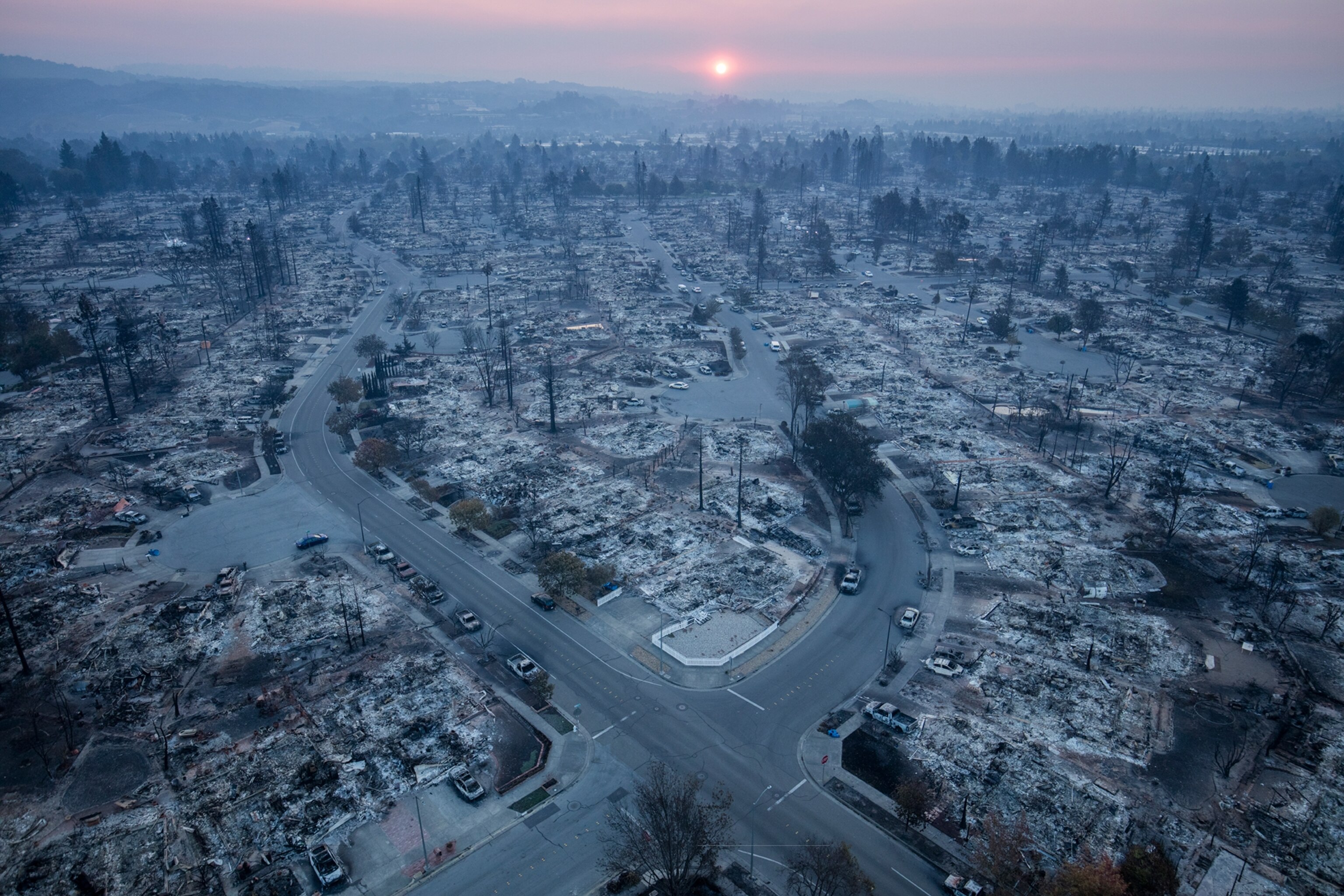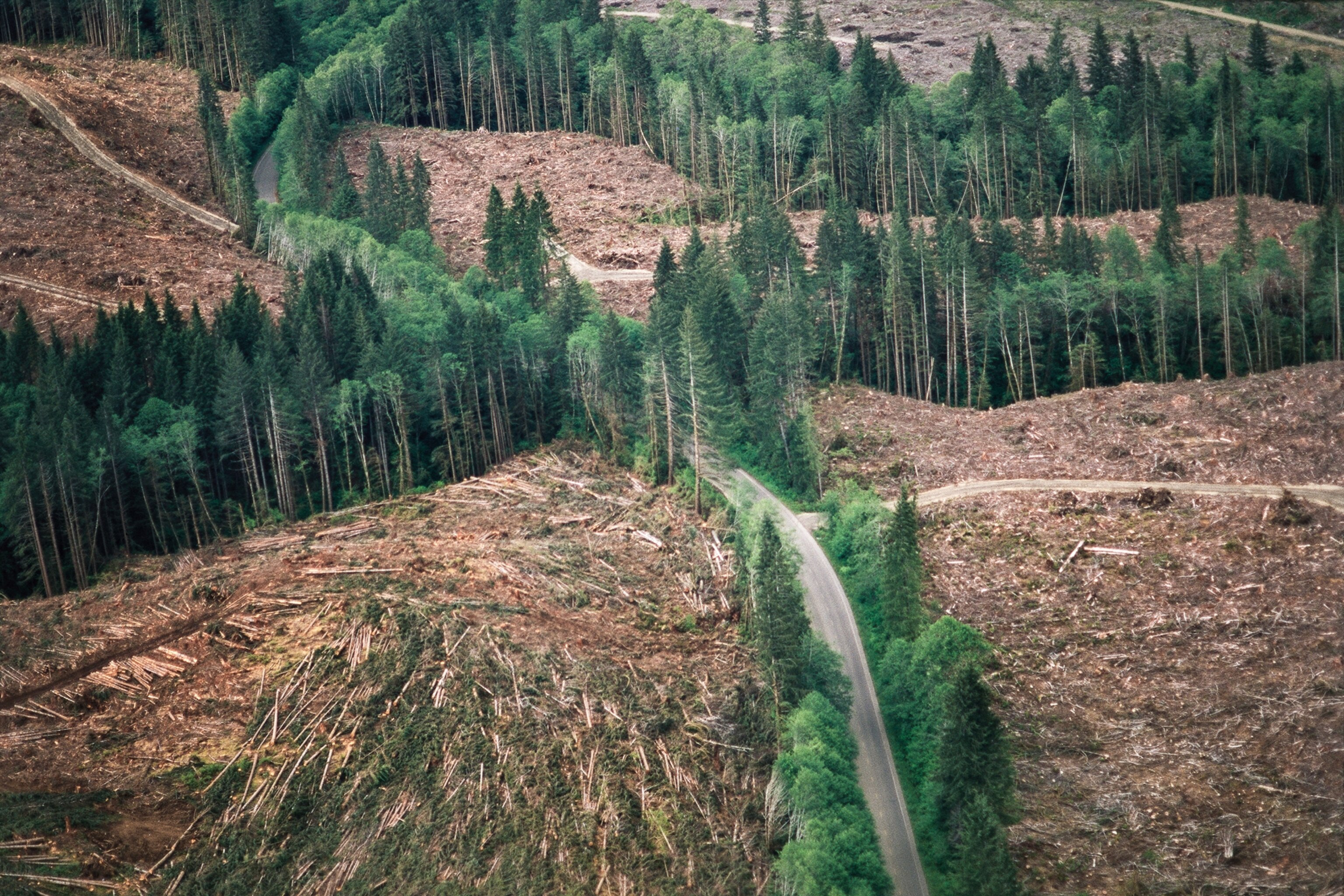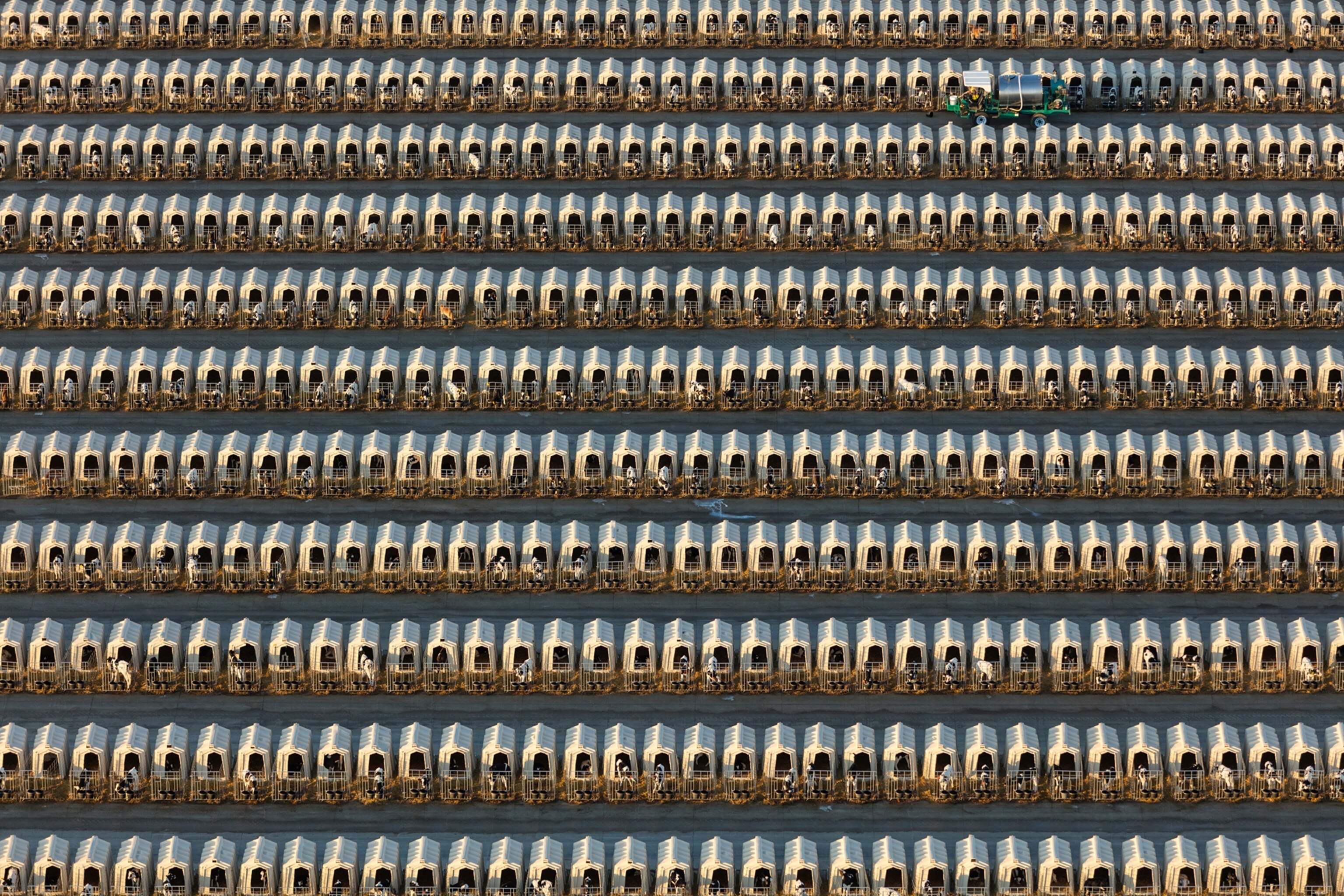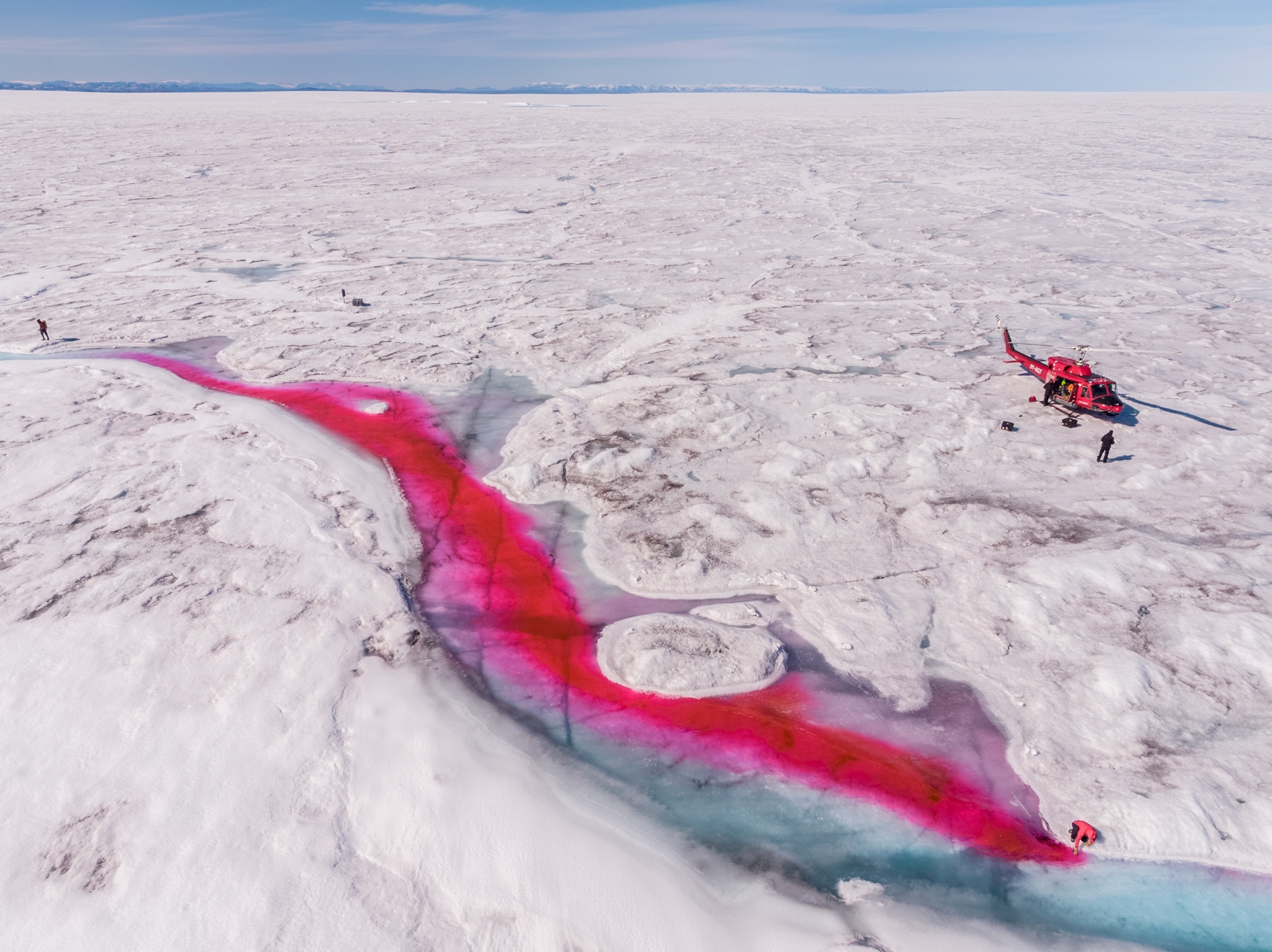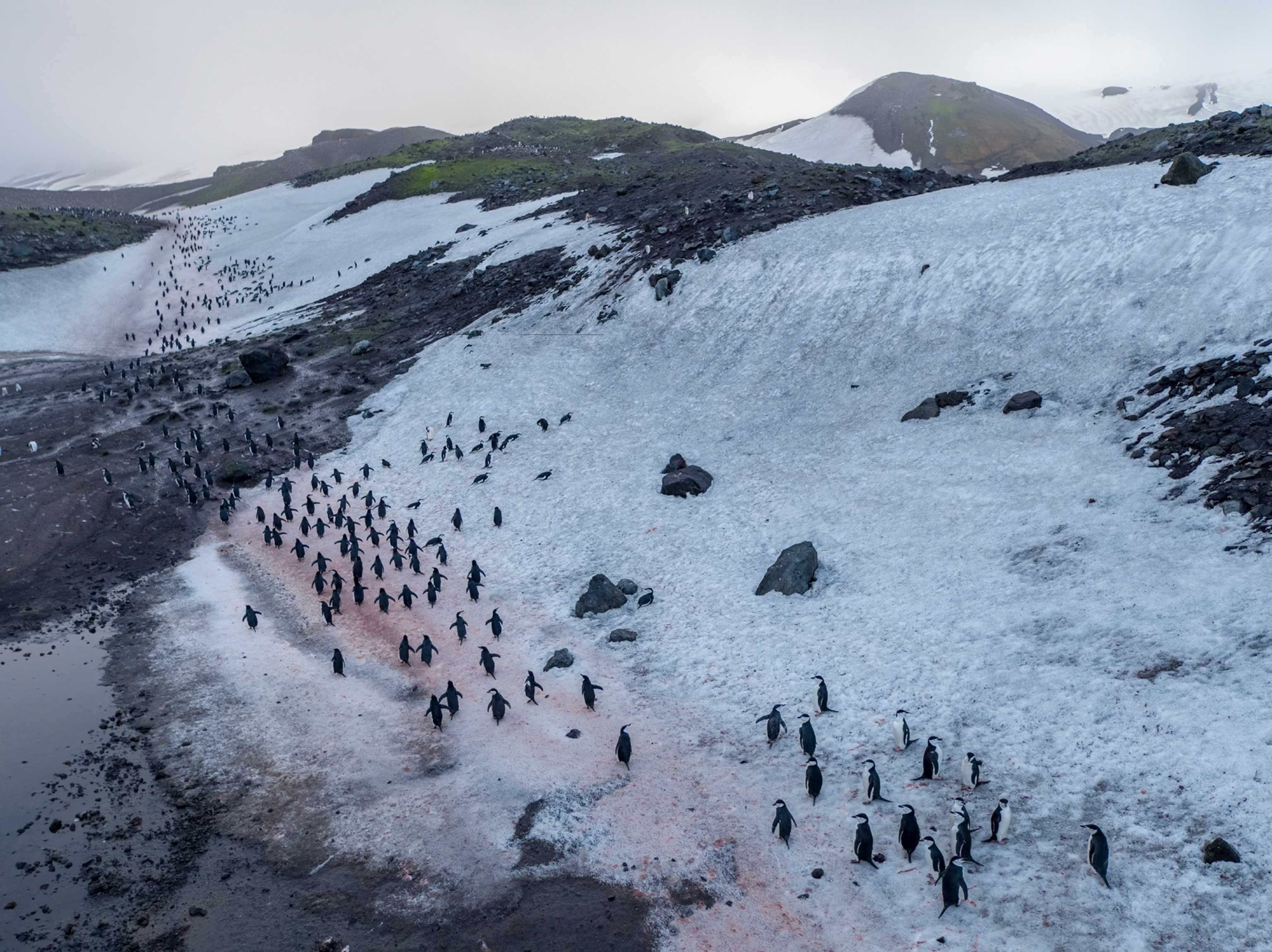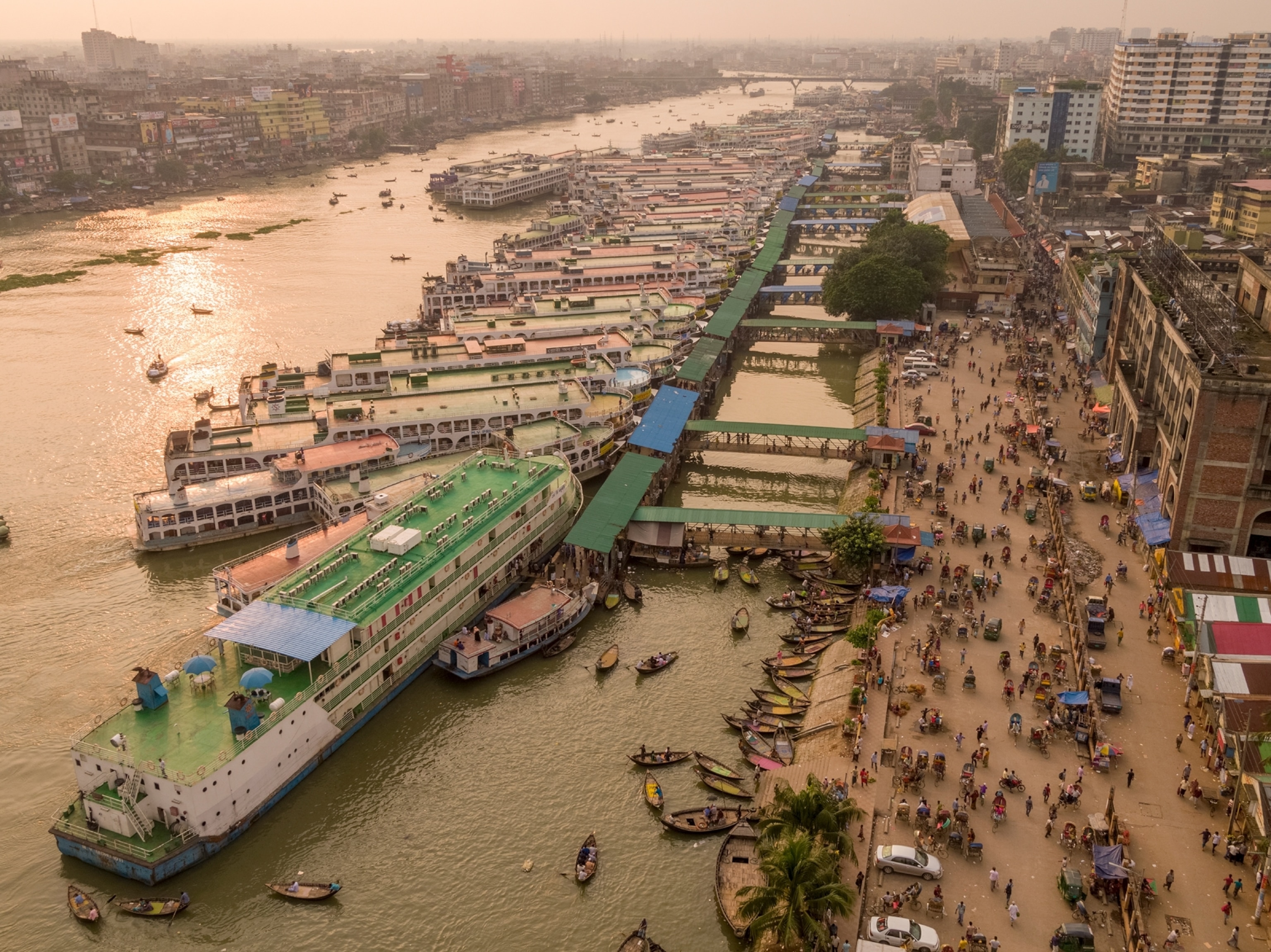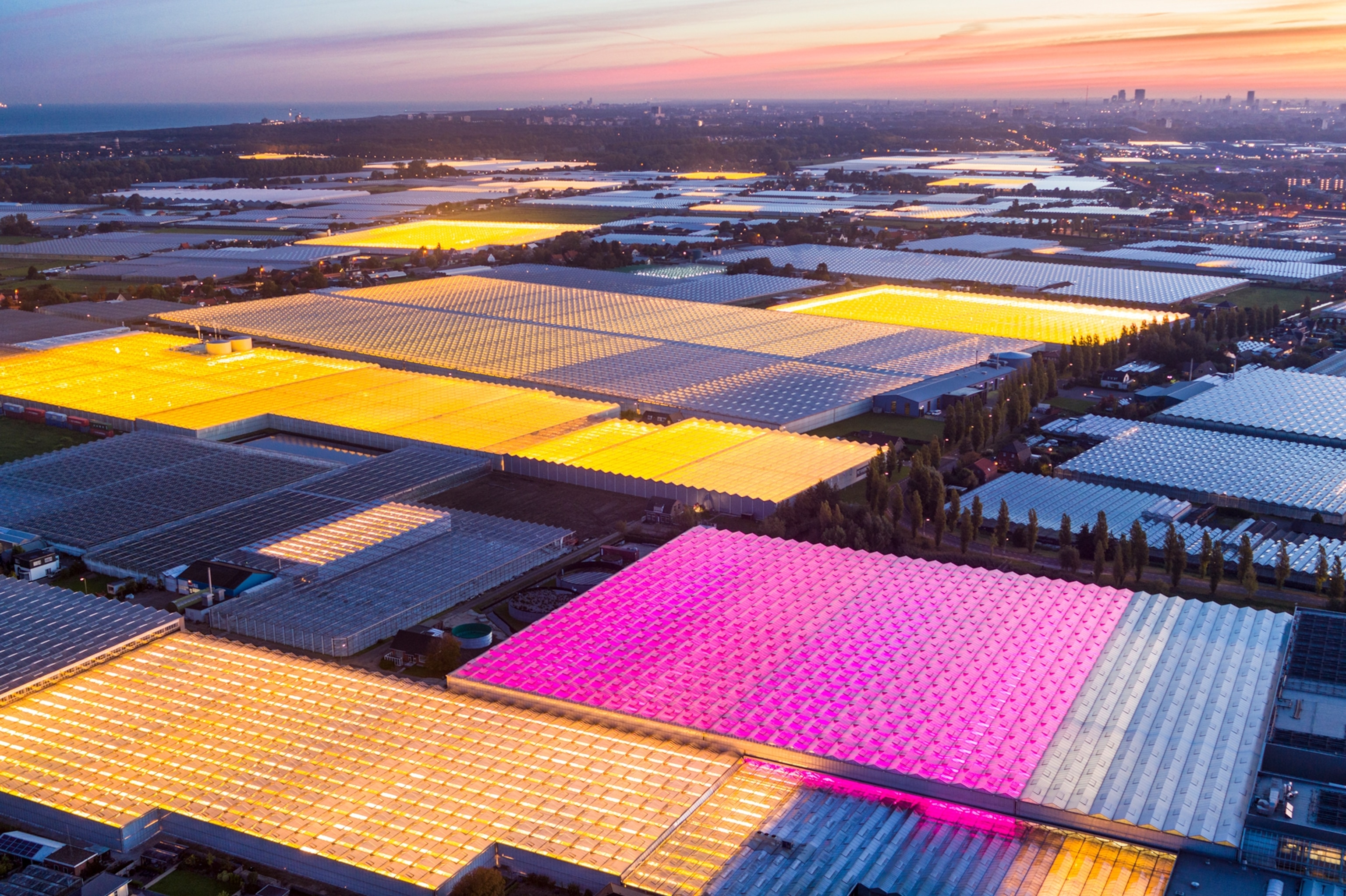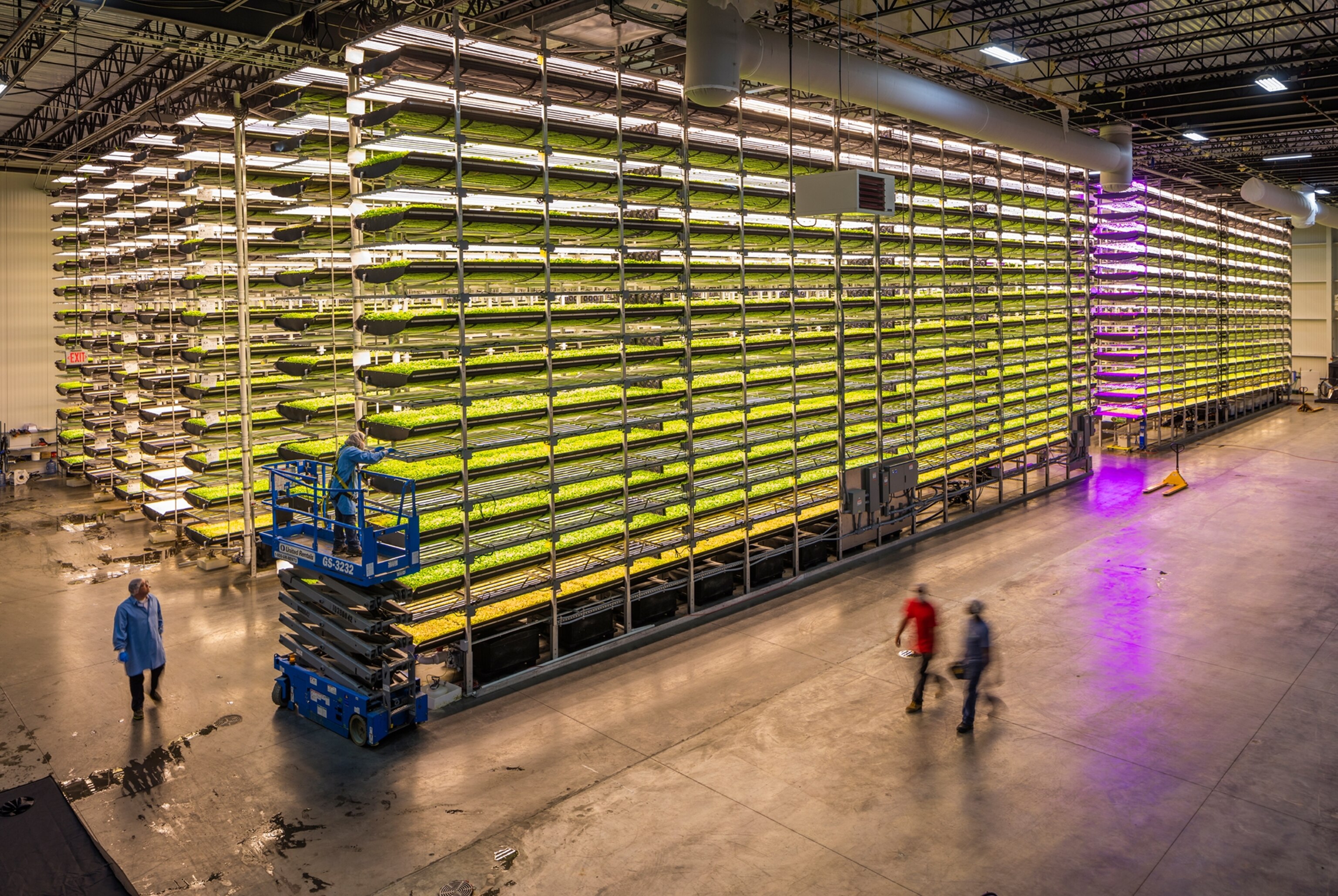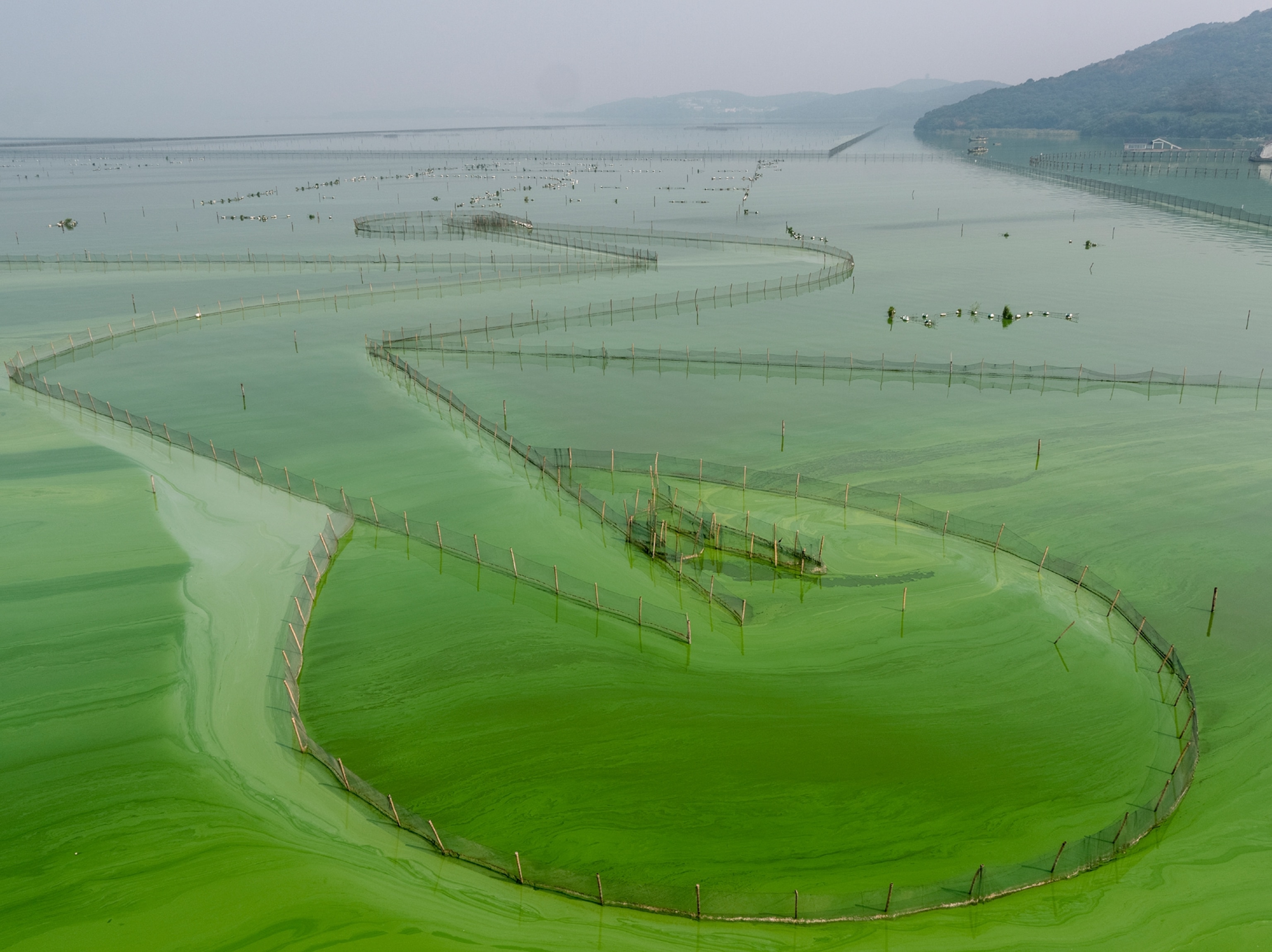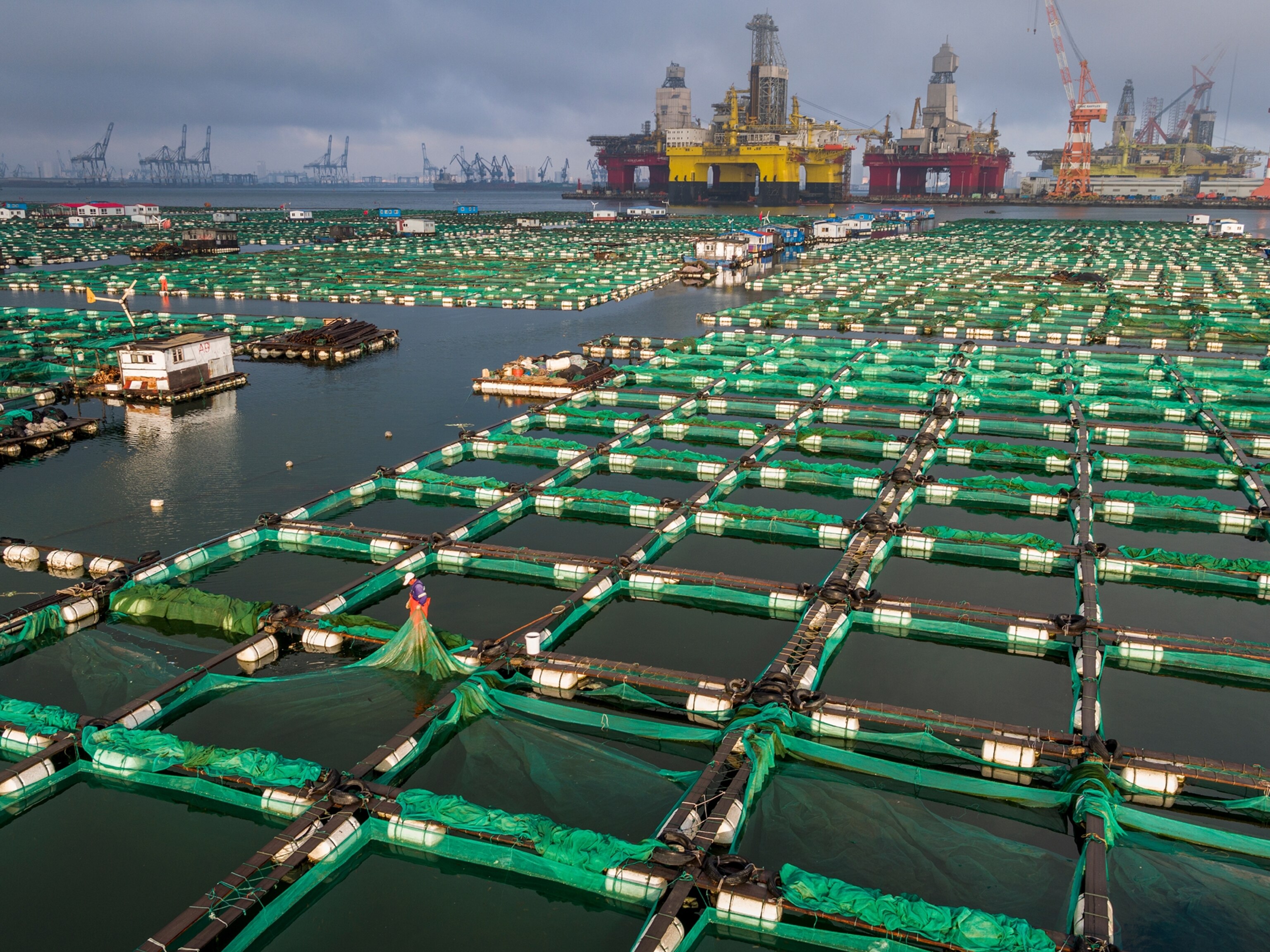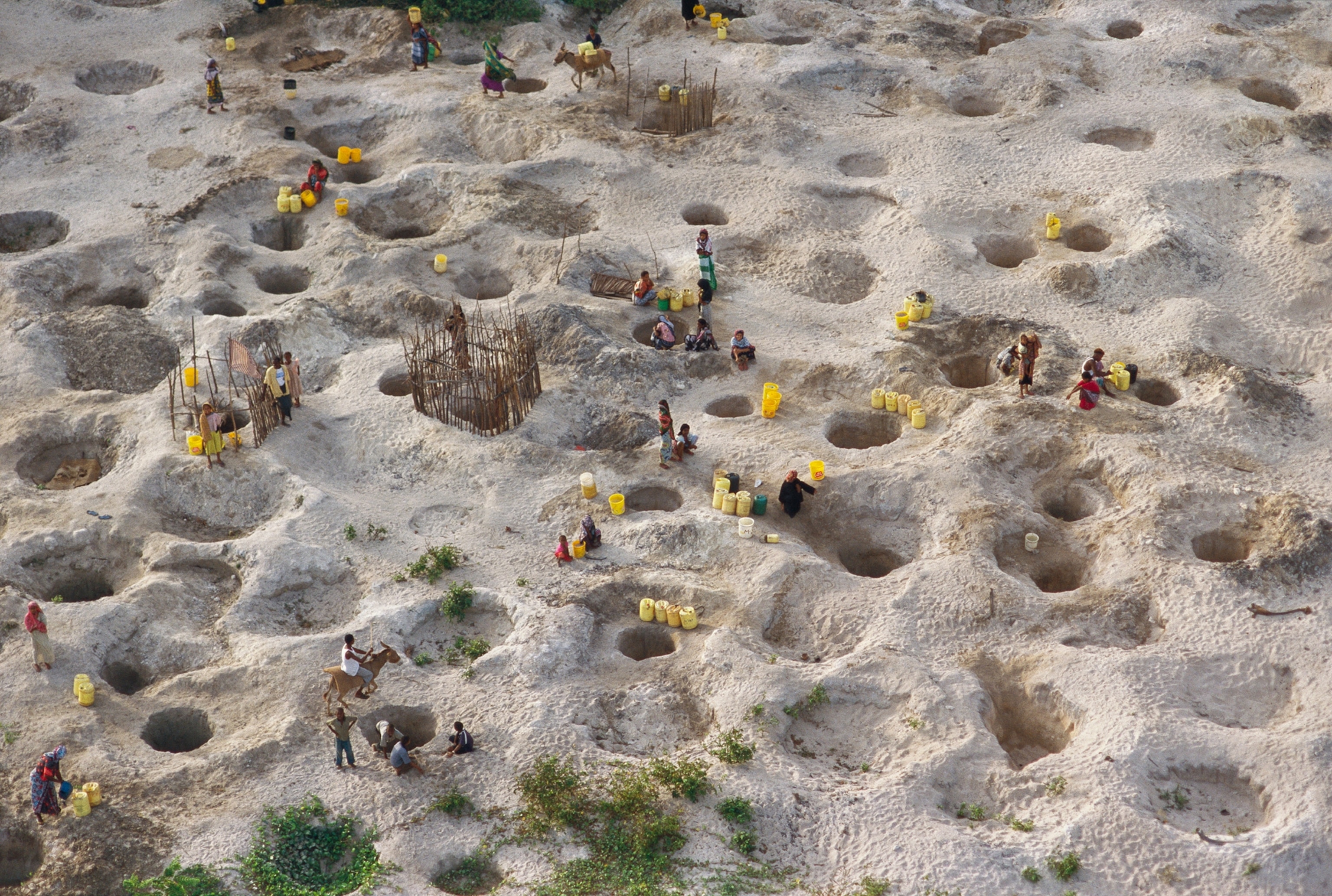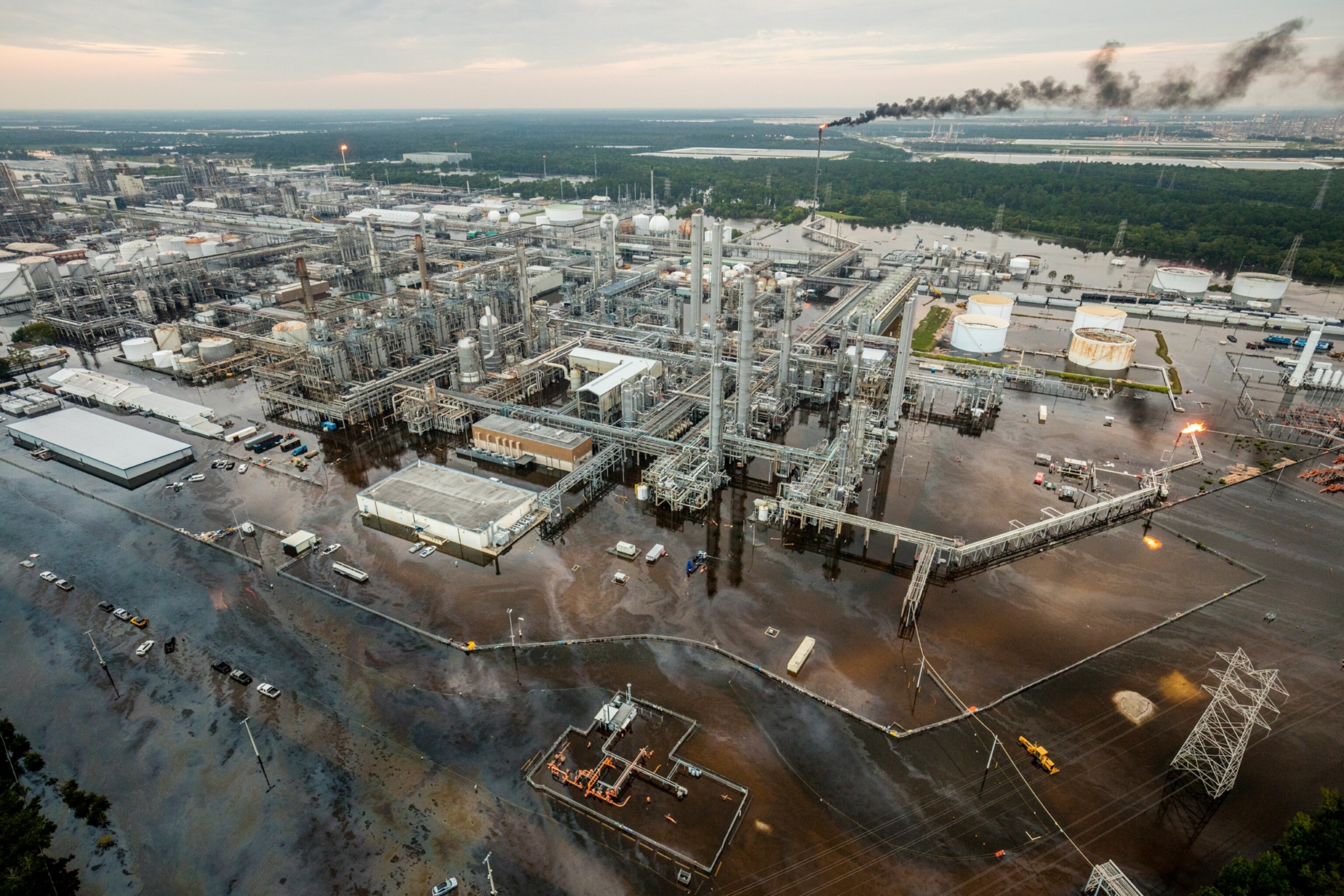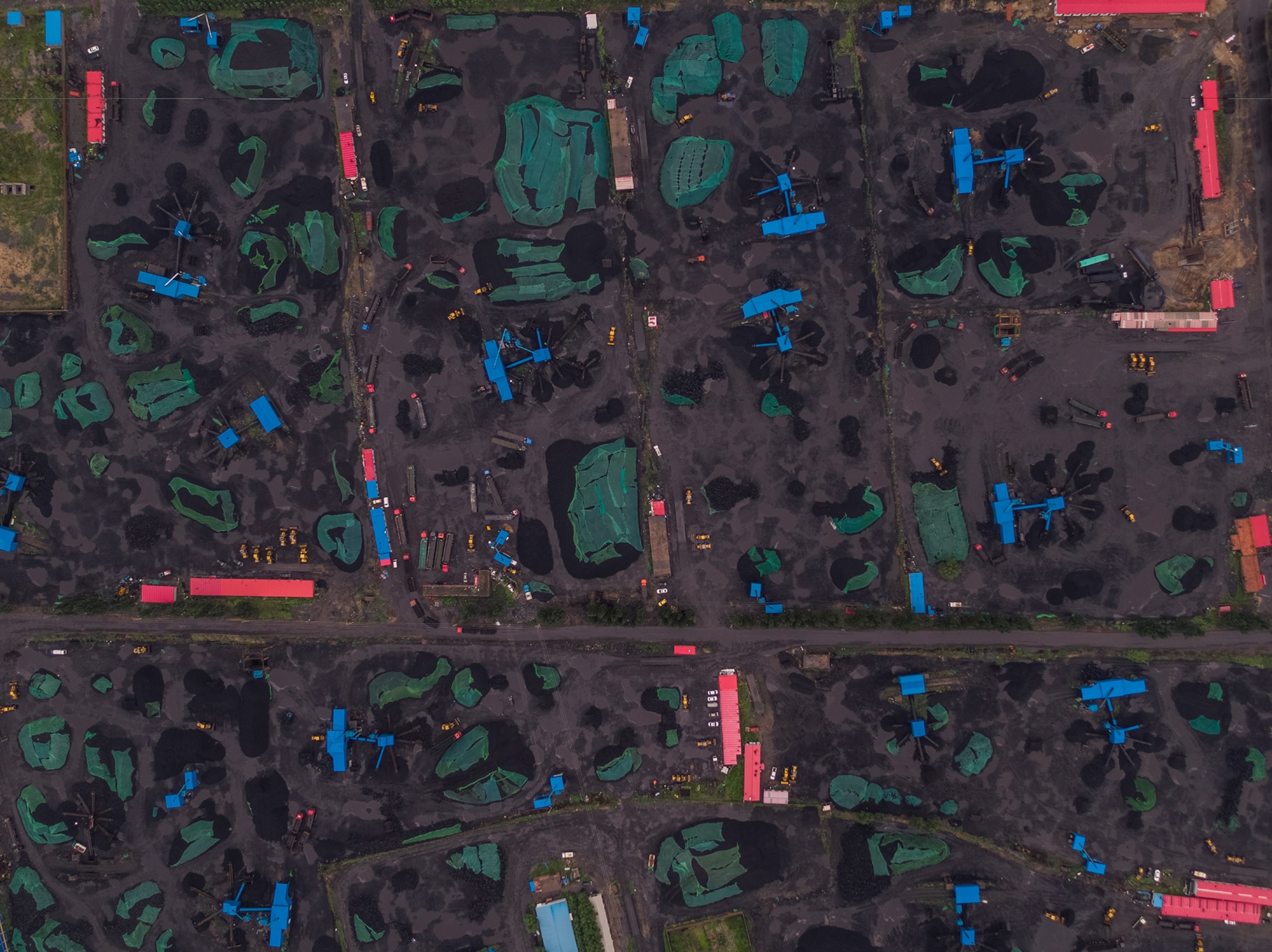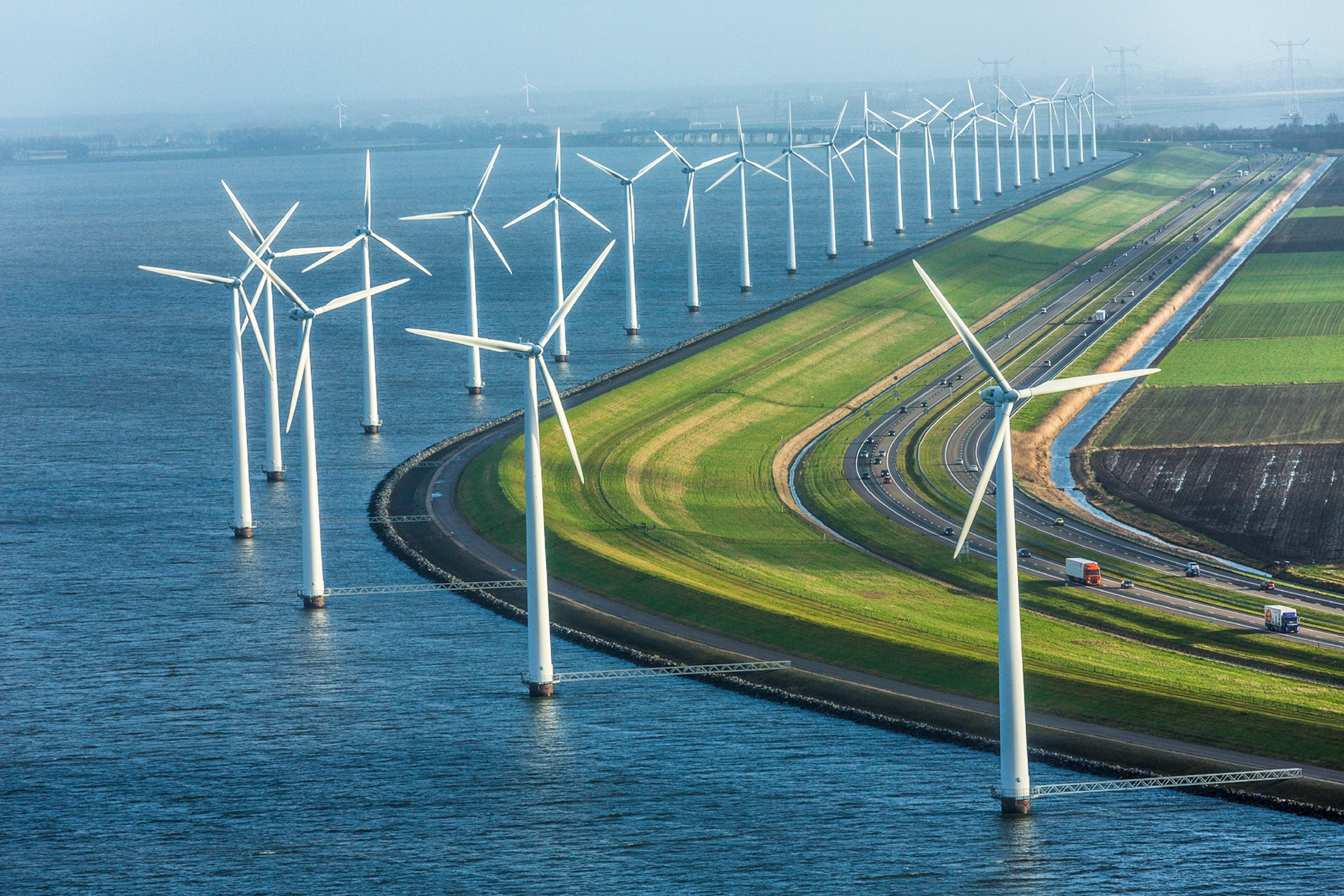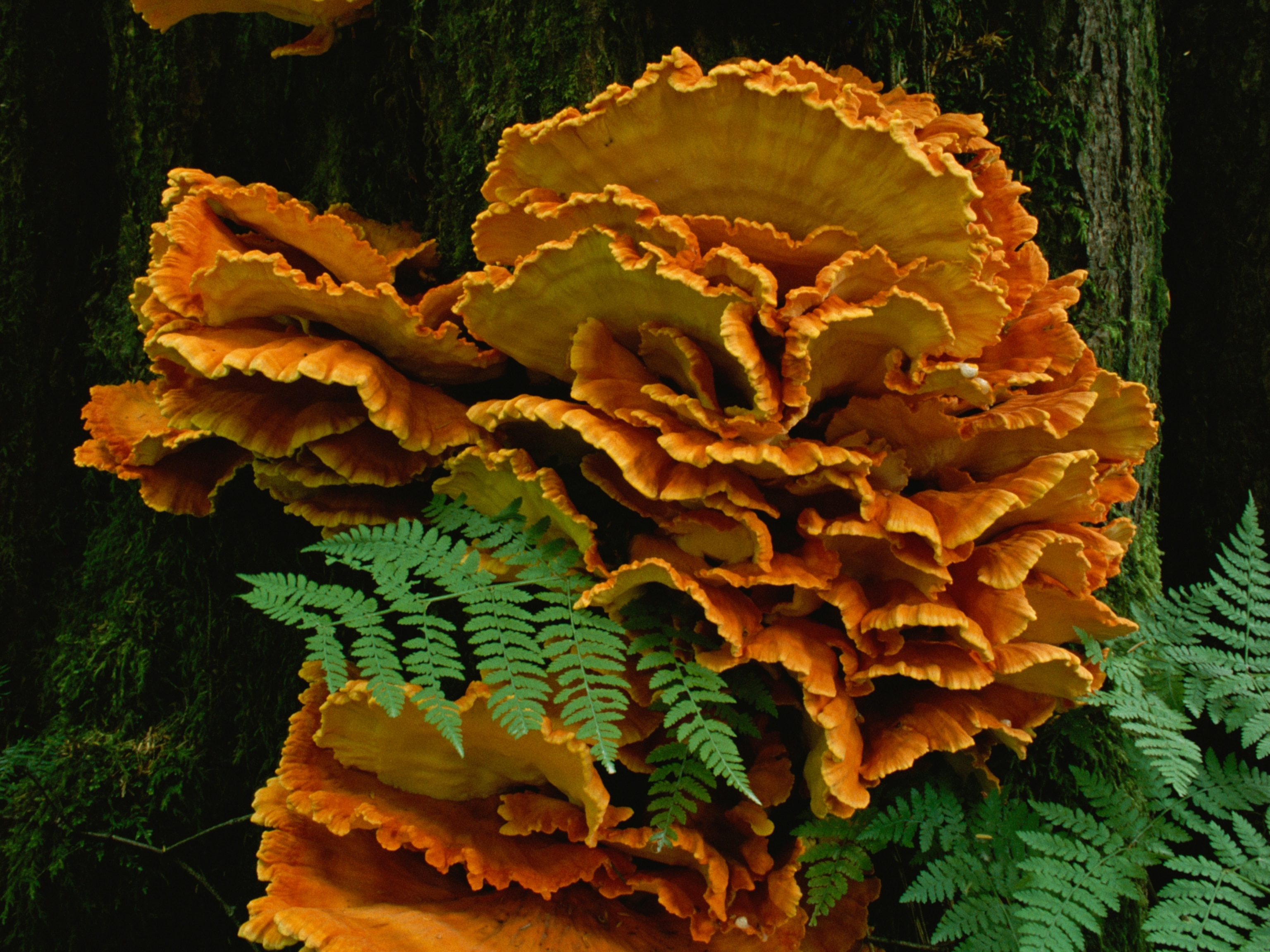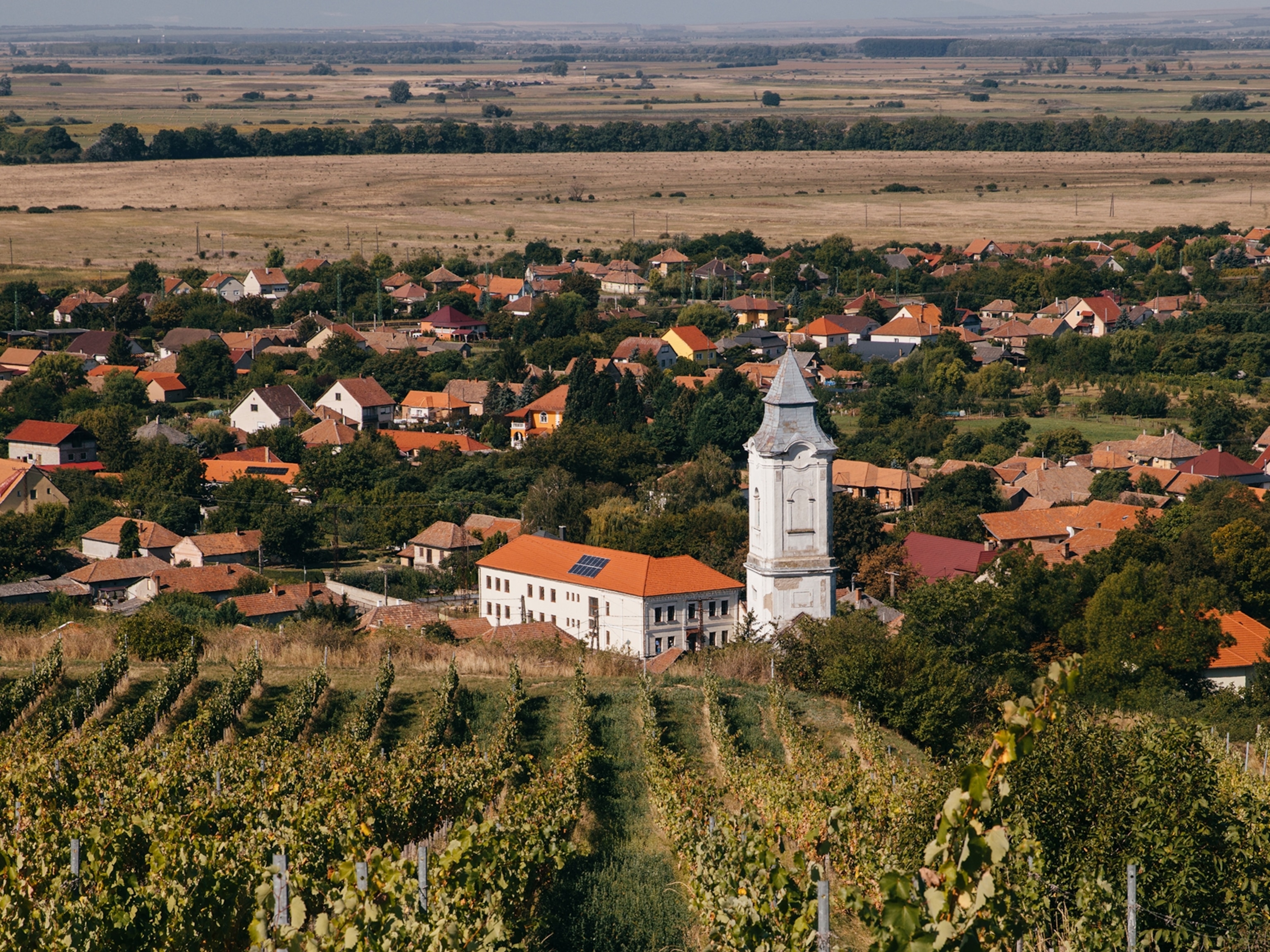Aerial photos show ‘the human planet’—in all its beauty and pain
A photographer spent years hanging from a paraglider, and later operating drones, to get amazing views of the Earth.

On Friday, March 13, I returned one last time to National Geographic’s deserted offices, which had closed the day before for an indefinite period. We had finished work on our April issue, devoted to the 50th anniversary of Earth Day, and it had already been overtaken by events. I packed up my computer, washed out my crusty coffee cup, disinfected my desk belatedly, and—thinking ahead to Earth Day itself—nabbed our only copy of George Steinmetz’s gorgeous new book, The Human Planet.
The book was festooned with the photo editor’s Post-it notes, selecting the pictures you see here. I needed it to write this brief introduction, but I also had a vague idea as I took possession that it might end up gracing my own coffee table permanently, rather than that of the photo editor. In these uncertain times we must seize opportunities where we can.
George Steinmetz was 12 on the first Earth Day in 1970. He does not remember much about it. He was climbing trees in his backyard in Beverly Hills, California, and finding that he liked the view. The population of California then (around 20 million) and of the world (around 3.7 billion) were almost exactly half what they are today. In 1979 Steinmetz left Stanford, where he was studying geophysics to prepare for a career in oil exploration, and spent a year hitchhiking around Africa with a camera. His first of many assignments for National Geographic came seven years later. Exploration happened, but not for oil.
Why does it feel so good to find new things out, or to see old things in new ways? If you could answer that question you could understand a lot of journalists. Steinmetz has been an unusually original one. He always liked aerial views, from helicopters or planes or treetops, but for an assignment in the Central Sahara in 1998, none of those were available. So he learned to fly a motorized paraglider—and did so “for about 15 years,” he told me recently, “until drones came along and democratized the low altitudes that I used to have all to myself.”
The view from those altitudes is “both sweeping and intimate,” as Andrew Revkin, another distinguished chronicler of the Anthropocene, points out in the text of The Human Planet. The idea that we live in a geologic epoch defined by our own impact on the planet—the Anthropocene—horrifies many environmentalists. Steinmetz is an “accidental environmentalist,” he writes: It was curiosity that propelled him to a hundred countries, it was delight that drew him into the sky. He just happened to be watching closely as humans were surging in numbers and power, and as our impacts were becoming planetwide and inescapable.
Steinmetz’s pictures offer us just enough distance to see what we’re doing to Earth, but not so much that we feel detached. A sense of amazement and potential shines through them along with a sense of limits. “We can’t keep fighting against nature, we have to make peace with it, and that will require some concessions from all of us,” he writes. In these strange and unsettling days, may that wisdom spread.
